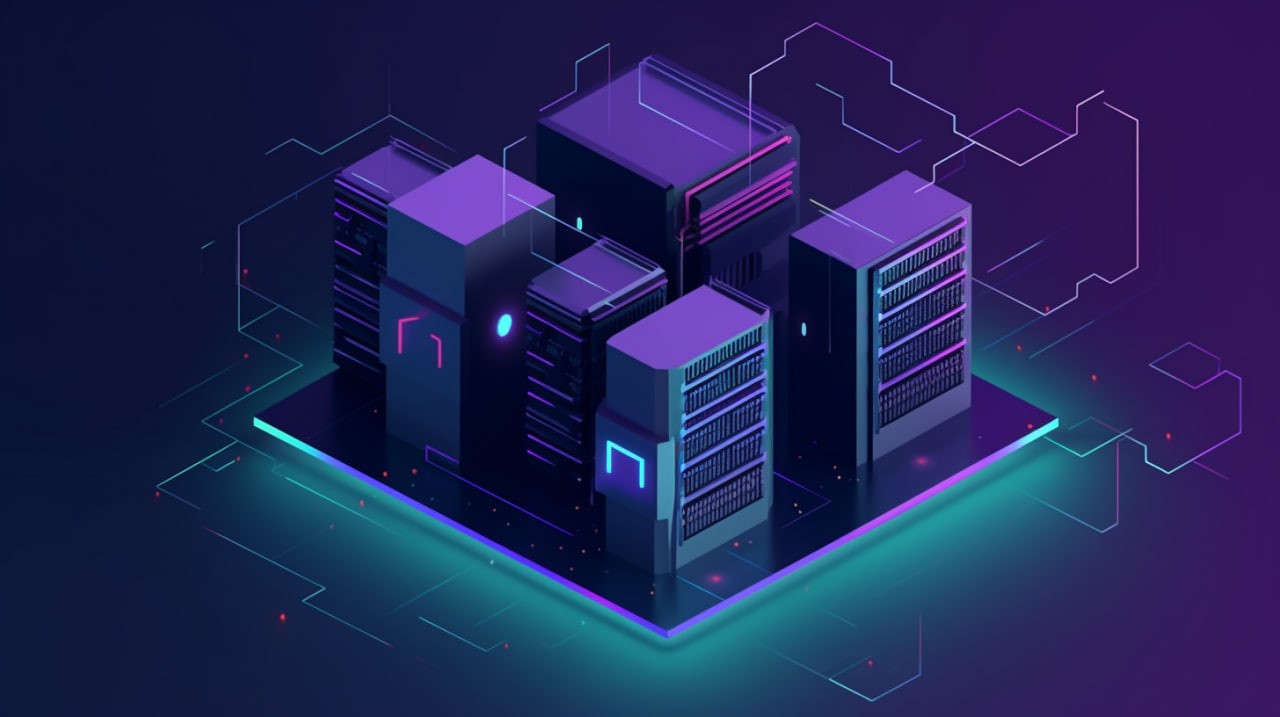Dynamic Revenue Allocation Mechanism: The Core of HashValue's Next-Generation Reward Model

In the fast-evolving world of cryptocurrency mining, innovative economic models are the foundation for long-term growth, sustainability, and user engagement. On August 10, 2023, HashValue, a leading blockchain mining platform, officially launched its next-generation reward model based on a dynamic revenue allocation mechanism, aiming to redefine how rewards are distributed among miners and platform stakeholders.
This model is not just a financial upgrade but a strategic evolution rooted in transparency, fairness, and performance-based incentives. Designed to adapt to market fluctuations and encourage sustained participation, this mechanism marks a pivotal shift in blockchain-based economic systems.
From Static to Dynamic: A Paradigm Shift
Historically, most mining pools operated on static payout structures—fixed ratios that failed to reflect the varying contributions of individual miners or respond to network conditions. HashValue’s dynamic model transforms this paradigm.
With a real-time reward adjustment system, HashValue evaluates key performance indicators such as hash power contribution, online stability, and energy efficiency. These metrics are continuously analyzed by smart contracts, which then reallocate rewards on-the-fly. This ensures that miners who contribute more—especially in terms of operational stability and sustainability—receive a proportionally higher share of earnings.
The Key Components of the Mechanism
-
Real-Time Hashrate Monitoring
HashValue’s infrastructure continuously monitors miner hashrates using a decentralized oracle network, ensuring accuracy and protection against manipulation. -
Energy Efficiency Incentivization
Miners using renewable energy or high-efficiency hardware receive bonuses, promoting environmentally friendly operations and aligning with green blockchain initiatives. -
Contribution-Based Scaling
Instead of a flat payout, rewards are dynamically scaled based on real-time contribution benchmarks. This model recognizes not just hashrate, but also miner reliability and network uptime. -
Adaptive Network Resilience Layer
In times of network congestion or low block production, the system temporarily redistributes incentives to miners contributing stability, helping maintain system balance. -
Performance-Oriented Smart Contracts
Rewards are allocated by smart contracts that interpret real-time mining data and execute payout adjustments autonomously, without human interference.
Building Trust Through Transparency
Transparency is a cornerstone of HashValue’s philosophy. All aspects of the reward mechanism are viewable on-chain through a public dashboard. This not only ensures auditable fairness but also establishes trust with global users who demand clarity on how their earnings are calculated.
Furthermore, HashValue employs zero-knowledge proofs (ZKPs) to verify reward computations without exposing miner identities, preserving privacy while maintaining accountability.
The Benefits for Miners
For miners, the shift to a dynamic reward structure offers several tangible advantages:
-
Higher Potential Returns
Active, high-performance miners are financially rewarded beyond fixed-rate pools. -
Incentives for Efficiency and Sustainability
The model encourages hardware optimization and energy-aware mining behavior. -
Lower Volatility in Income
As rewards are dynamically adapted based on network and market conditions, miners experience fewer extreme fluctuations. -
Increased Engagement and Loyalty
Gamified leaderboards and real-time performance analytics promote healthy competition among miners.
Implications for the Cloud Mining Market
HashValue's dynamic mechanism sets a new benchmark for the cloud mining industry. Traditionally plagued by opaque earnings reports and rigid contracts, cloud mining services can now adopt more responsive, fairer systems. This evolution brings:
-
More predictable and justifiable ROI for cloud users
-
Higher client retention, thanks to transparent performance-based returns
-
Competitive differentiation in an increasingly saturated market
HashValue also integrates this model across its B2B cloud offerings, enabling enterprise clients to provide dynamic reward benefits to their own customers.
Technological Foundation and Roadmap
At the core of this system lies a hybrid architecture of Layer-2 smart contracts and AI-powered analytics engines. These modules not only process mining data in real time but also adapt reward coefficients based on predictive modeling and network simulations.
Looking ahead, HashValue plans to integrate:
-
Machine Learning Forecast Models for energy price and hashrate prediction
-
User-customizable payout profiles for different miner preferences
-
Governance modules to let users vote on reward policy changes
This future-forward roadmap ensures that the dynamic revenue allocation model remains relevant, community-led, and performance-driven.
A Model for the Next Era of Mining
The launch of this next-generation reward model is a defining moment not just for HashValue but for the broader crypto mining industry. As blockchain ecosystems mature, sustainable incentive systems like this will be essential for long-term viability.
By aligning miner incentives with real-world contributions, environmental responsibility, and decentralized governance, HashValue’s dynamic revenue allocation mechanism positions itself as a blueprint for mining in the Web3 age.
Conclusion
With the successful deployment of this dynamic reward mechanism, HashValue reinforces its leadership in crypto mining innovation. More than just a revenue model, it represents a cultural shift toward fairness, responsiveness, and decentralization—core values that define the next generation of blockchain technologies.
For more information, visit www.hashvalue.com.
More Related News

HashValue Report: Decentralized AI Tokens Gain Mining and Investor Focus

HashValue Unveils Crypto Mining Risk Alert System, Flags 3 Volatile Tokens

HashValue Builds a Bridge: Perfectly Integrating Cryptocurrency Purchase and Sustainable Cloud Mining


 English
English
 Deutch
Deutch
 Espanol
Espanol
 Francais
Francais
 Italiano
Italiano
 Dutch
Dutch
 Portugues
Portugues
 Русский
Русский
 Svenska
Svenska
 日本
日本
 한국인
한국인
 Türk
Türk